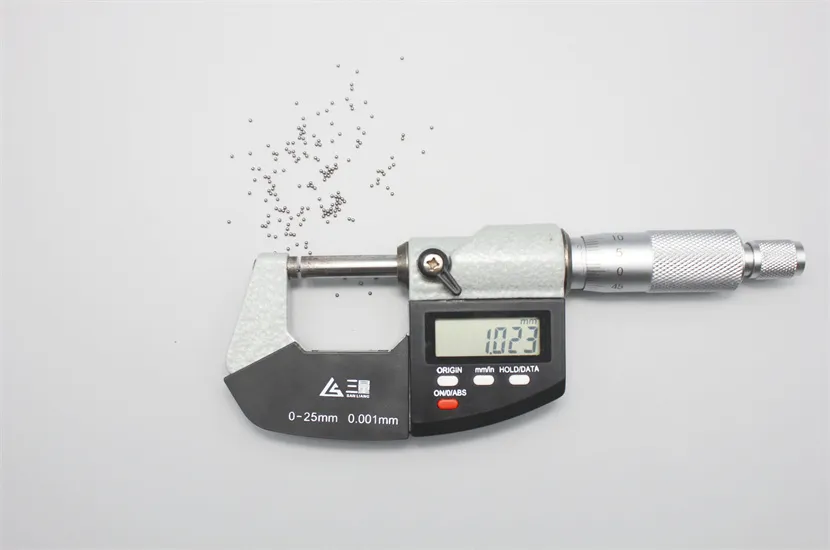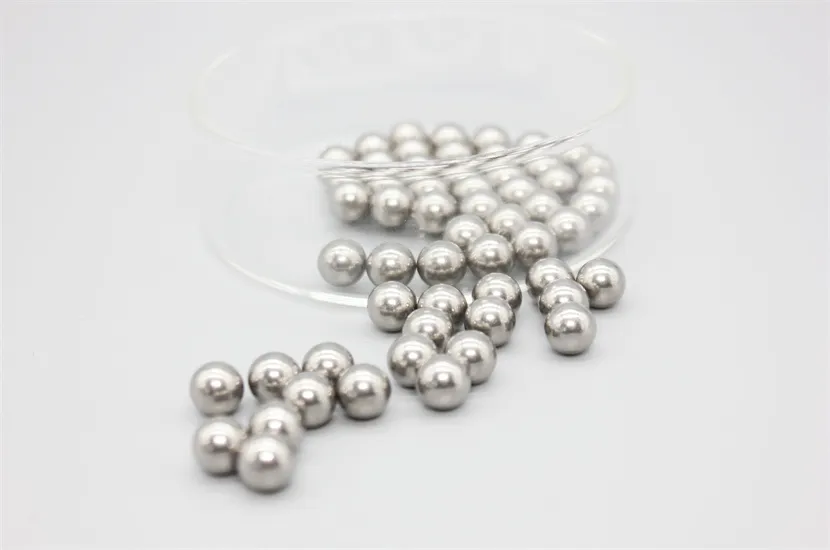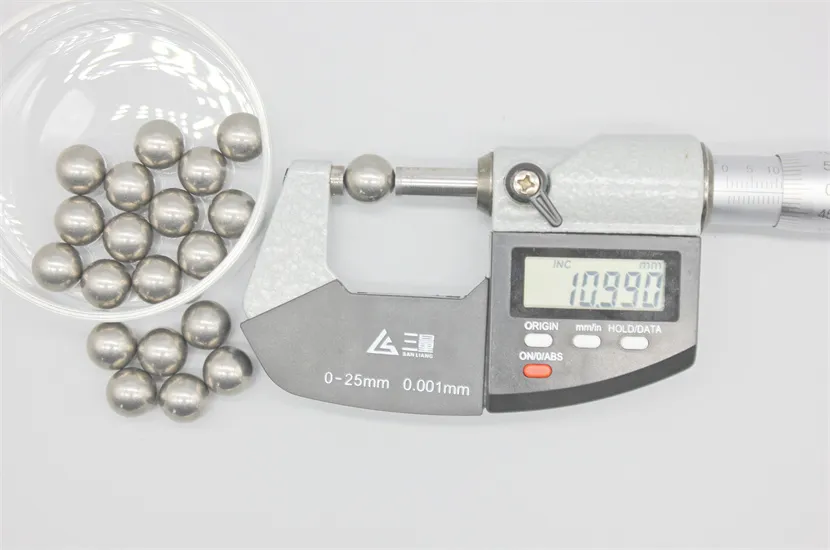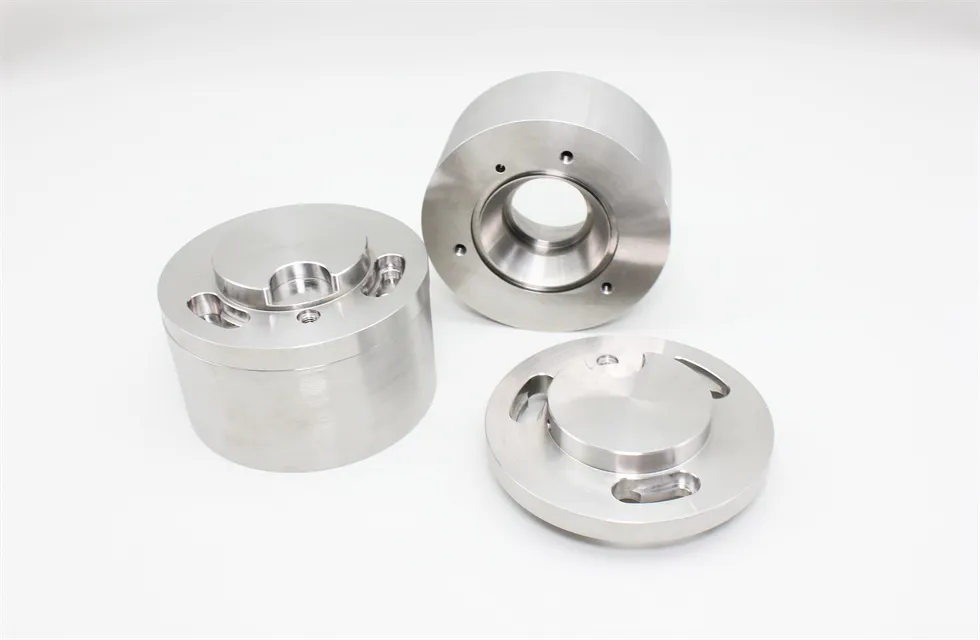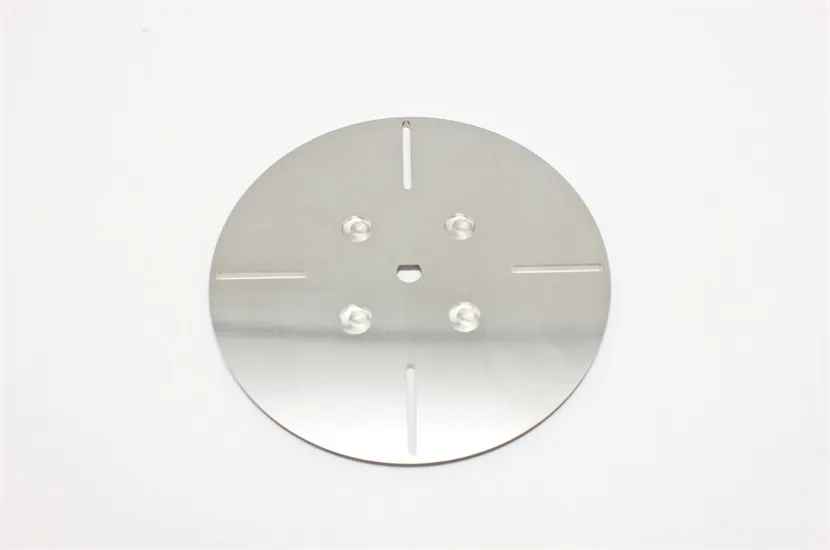Tungsten Sphere maunfacturer - 1.00" Diameter-Smallest Size
| Payment Type: | T/T |
| Incoterm: | FOB,CIF,FCA,Express Delivery |
| Min. Order: |
5 Kilogram |
| Transportation: | Ocean,Air,Express |
Attributes
Model No.: JDTG-TB-011
Brand: ZZJD
Place Of Origin: China
Size: φ1.0mm~φ10mm
Material: 85%~99%Tungsten
Density: 16.5~18.5g/cc
Surface: Polished
Application: Outdoor sport Ball bearing
MOQ: 5Kg
Lead Time: 30 days
PACKAGING & DELIVERY
Selling Units : Kilogram
Package Type : Standard export packing
DESCRIPTION
Tungsten nickel iron alloy balls are known for their high density, which makes them useful in various applications where weight and precision are critical. These balls are often used in specialized industries such as aerospace, military, and certain types of manufacturing equipment.
Properties:
-High Density:Tungsten nickel iron alloys have a density that is significantly higher than many other metals, making them ideal for applications requiring compact mass.
-Corrosion Resistance:They exhibit good resistance to corrosion, which is important for longevity and reliability in various environments.
-Magnetic Properties:Depending on the specific composition, these alloys can be either magnetic or non-magnetic, which can be advantageous in certain applications.
-Strength and Hardness:The alloy offers good strength and hardness, contributing to its durability.
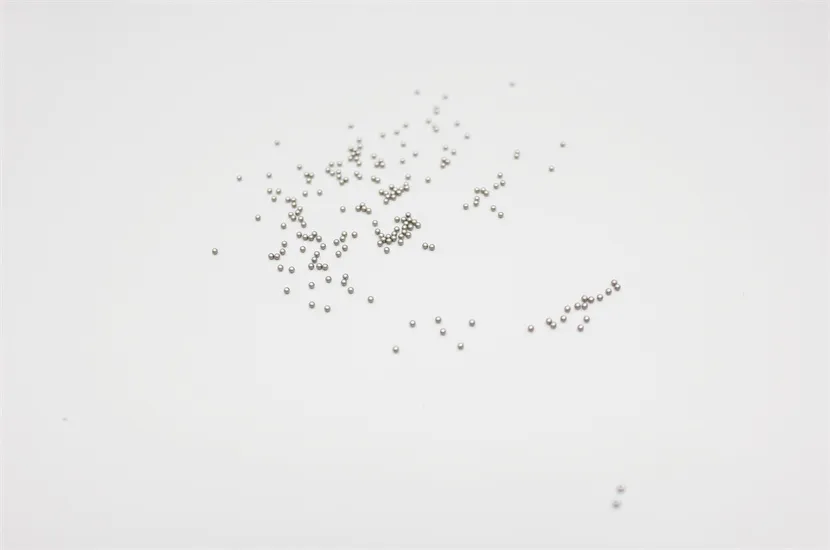
Applications:
-Precision Instruments:Used in instruments requiring precise measurements and stable performance under varying conditions.
-Military and Defense:Can be used in components that need to withstand extreme conditions and require high precision.
-Aerospace:Components in aircraft or spacecraft that benefit from high density and stability.
-Industrial Equipment:Used in machinery where the weight and durability of components are critical.
-Nuclear Industry:Due to their density and radiation shielding properties, they may also find use in nuclear applications.
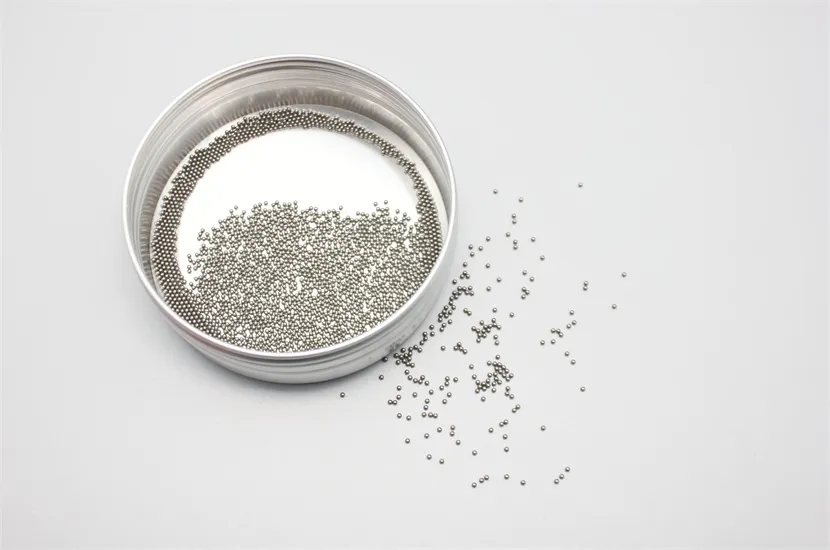
Manufacturing:
The production process typically involves melting tungsten, nickel, and iron together in precise proportions to achieve the desired characteristics. The molten alloy is then cast into balls through various methods, including machining or casting techniques.
If you have a specific application or further details about your requirements, feel free to share so I can provide more tailored information!

 EN
EN AR
AR FR
FR DE
DE HI
HI IT
IT JA
JA KO
KO PT
PT RU
RU ES
ES ID
ID LV
LV VI
VI HU
HU MS
MS GA
GA BE
BE YI
YI EU
EU